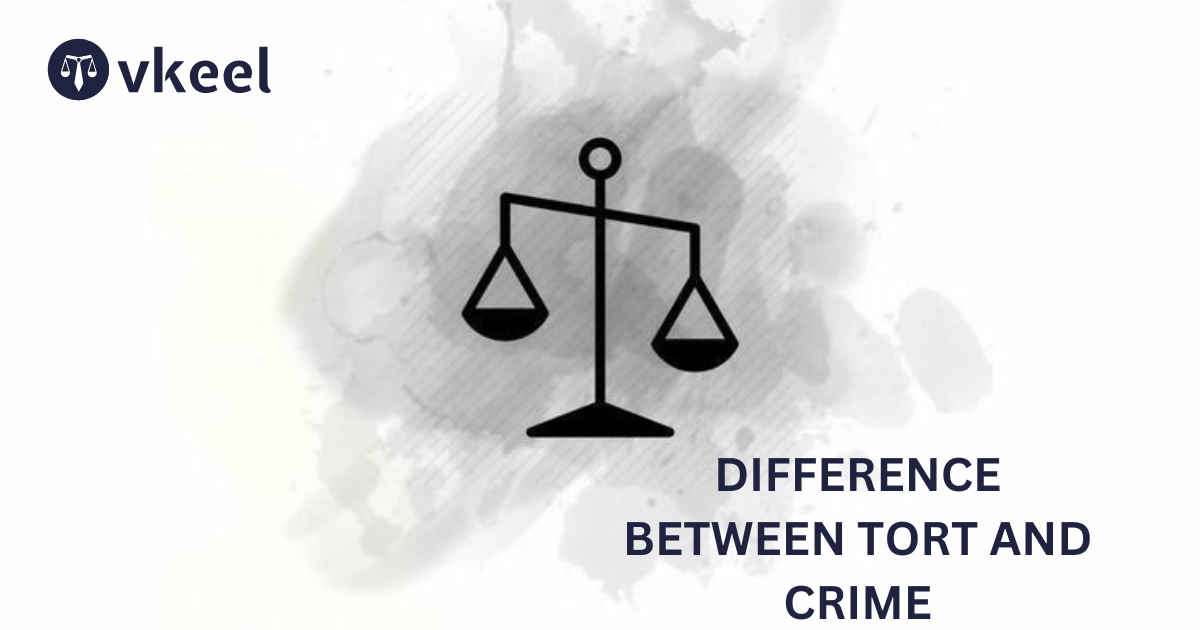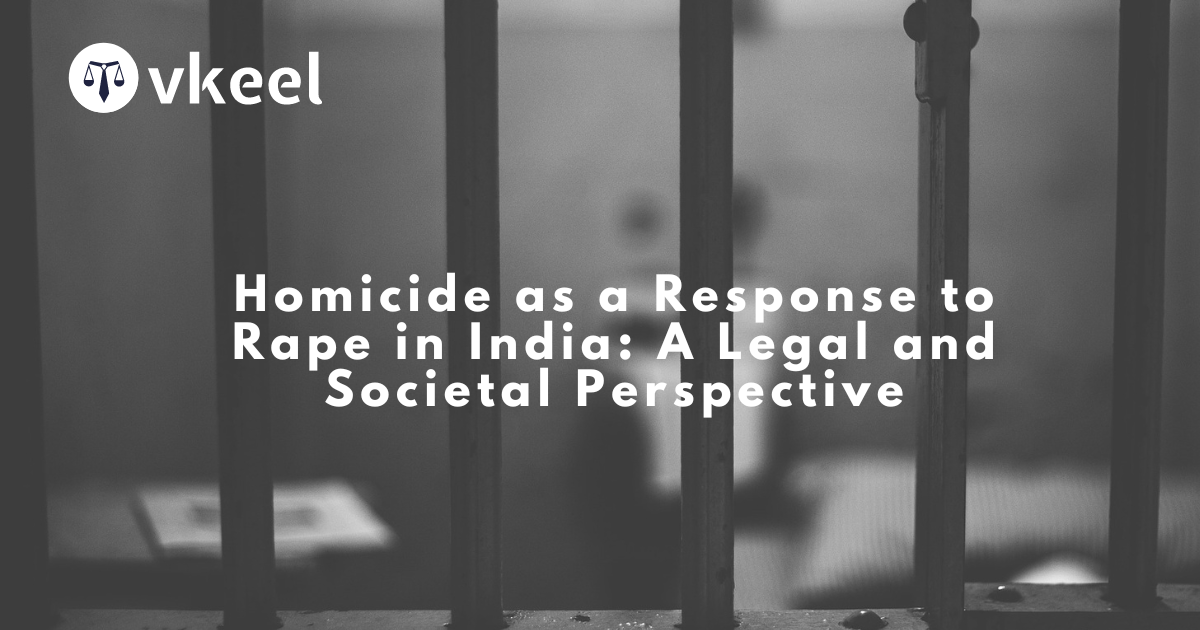Difference between Tort and Crime
By Joy Puri
Table of Contents
Introduction
From the very early stage where the offences were punished, the recognition of offenses as either torts or crimes has been shaped by the periods of legal systems, societal ethics, and cultural values all over the globe.
In ancient civilizations, like Mesopotamia and Ancient Greece, disputes were often dealt and resolved by the customary laws and religious codes rather than formal legal institutions which existed. Offenses were typically seen with the perspective that they are conflicts between individuals or groups, with an emphasis on restitution and reconciliation rather than punishment for the betterment of the society.
As societies evolved and transformed to be more organized and centralized, particularly with the development of feudalism and monarchies in medieval Europe, the fundamental difference between torts and crimes began to emerge.
English common law played a major role in shaping the concept of torts, which are civil wrongs that result in harm to individuals and are remedied through compensation or damages. Whereas, the Tort law provided a framework for addressing personal injuries, property damage, and other civil disputes between individuals in the society.
What is a Tort?
A tort can be opined as a civil wrong that causes harm or loss to another person, thereby leading to legal liability for the person who commits it. These wrongs possess a wide range of actions, from intentional acts like assault and defamation to negligent behaviour for eg accidents. In the very crux, tort law seeks to compensate individuals for injuries or damages suffered due to the wrongful actions of others in the society.
Tort law functions on the principle that individuals have a duty to refrain from harming others or their property. When this duty is breached by the indiividual, the injured party can seek compensation through civil litigation in a formal procedure. Unlike criminal law, which focuses on punishing offenders and wrongdoers, tort law objectives include restoring the injured party to the position they were in before the wrongful act occurred thereof.
Remedies in tort law can be termed of various forms, including monetary compensation or equitable relief such as injunctions or specific performance. The main aim of these remedies is to provide justice to the injured party and deter future wrongful conduct by holding wrongdoers accountable for their actions thereof. Moreover, tort law serves to protect individual rights and promote social order in the society.
What is a Crime?
Crime, under the branches of Indian law, is an act or omission which violates legal norms and is punishable by the state thereof. It views a broad range of offenses, from theft and assault to cybercrimes and corruption in the country. The Indian Penal Code ordains various crimes and their penalties. Punishments which are mentions in the code can range from fines to imprisonment, depending on the severity of the offense. India’s legal framework strives to uphold justice and deter criminal behaviour through enforcement and adjudication processes thereby upholding the fundamentals of fairness.
In furtherance to that, Indian law thus recognizes the principle of mens rea which means the existence of guilty mind and thereby considers the mental state of the offender at the time of committing the crime. Intent plays an important role in determining culpability and distinguishing between deliberate criminal acts and unintentional wrongdoings. In view of the aforementioned, the criminal justice system in India operates under the presumption of innocence until proven guilty, ensuring fair trials and due process for the accused.
Moreover, the Indian legal system acknowledges the importance of rehabilitation and reintegration of offenders into society after their punishments. Various programs and initiatives aim to address the root causes of criminal behaviour, offering education, vocational training, and counselling to facilitate the rehabilitation process for the betterment of the society. By focusing on both punishment and rehabilitation, the Indian legal system therefore promotes the rehabilitation and reformation of individuals, which helps build a fair society.
Landmark Cases
Ashby v. White (1703) 2 Ld Raym 938
In this case, the court of law deciphered that an action for damages can be maintained in tort for interference with a person’s legal rights, even if no physical harm was caused. This case focused on the the civil nature of tort law, thereby emphasizing on compensating the victim rather than punishing the wrongdoer.
Ram Gulam v. Emperor (1941) AIR 1941 All 29
In this Indian case, it was opined that the mere fact that a wrongful act is punishable under the Indian Penal Code does not prevent a suit in tort for damages arising from the same act. The court deciphered that while a criminal act may also constitute a tort, the remedies in each case are distinct in natire. Criminal law seeks to punish the offender, while tort law aims to compensate the victim in the pertaining scenario.
M.C. Mehta v. Union of India (1987) AIR 1987 SC 965
This landmark Indian case was dealt with public interest litigation concerning to environmental pollution. The Supreme Court of India stipulated that the polluter must pay compensation for environmental damage caused by their actions, irrespective of whether a crime has been committed under the IPC or other statutes therof. This case showcases the principle that tort law can provide remedies for harms to public interests, even if no specific criminal offense has been committed on the part of the defendant.
Conclusion
Effective law enforcement and judicial systems of the country are crucial in deterring and punishing torts and crimes in the society. Stringent law enforcement agencies capacity to prevent and investigate offenses, as well as ensuring impartial trials leading to justice, are critical components of crime reduction strategies.
In conclusion, reducing the incidence of torts and crimes requires a broader mindset approach that recognizes the difficulties of legal, social, and economic factors. By promoting legal awareness, addressing root causes of criminal behaviour, , and building community fraternity, societies can create an environment where individuals are empowered and respected.
Disclaimer:
The information provided in the article is for general informational purposes only, and is not intended to constitute legal advice or to be relied upon as a substitute for legal advice. Furthermore, any information contained in the article is not guaranteed to be current, complete or accurate. If you require legal advice or representation, you should contact an attorney or law firm directly. We are not responsible for any damages resulting from any reliance on the content of this website.







